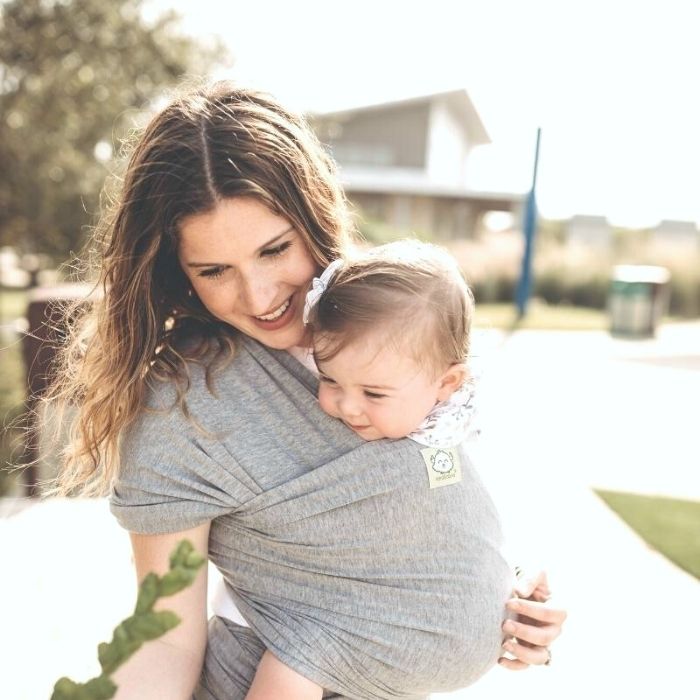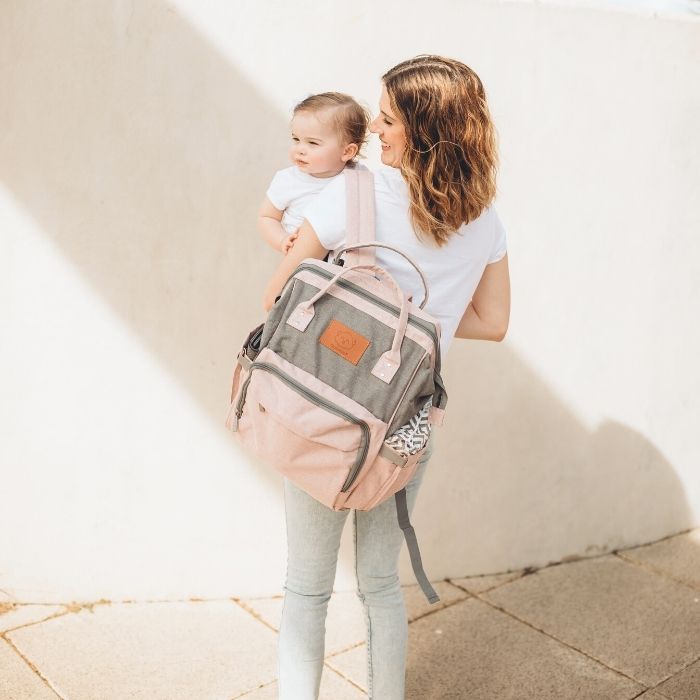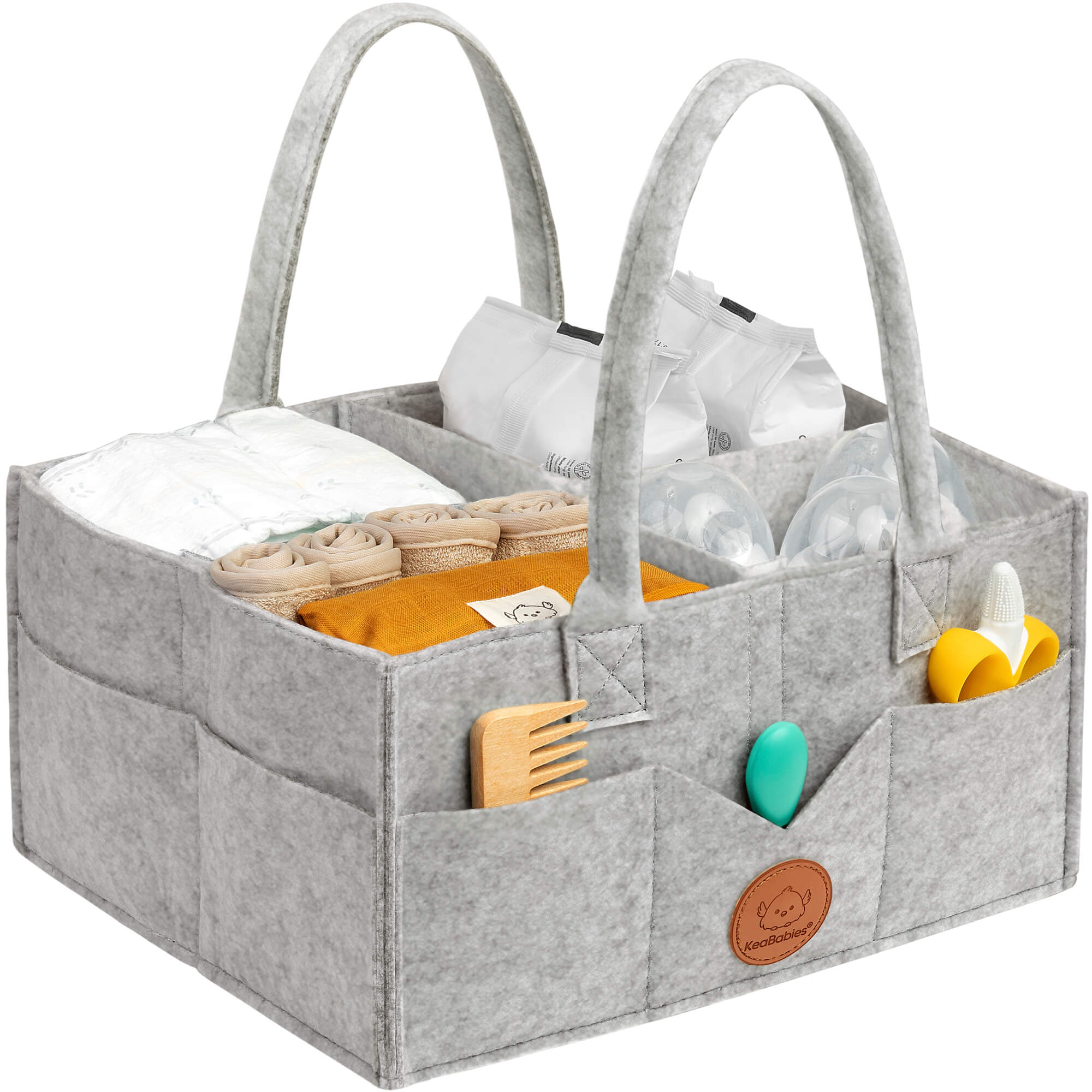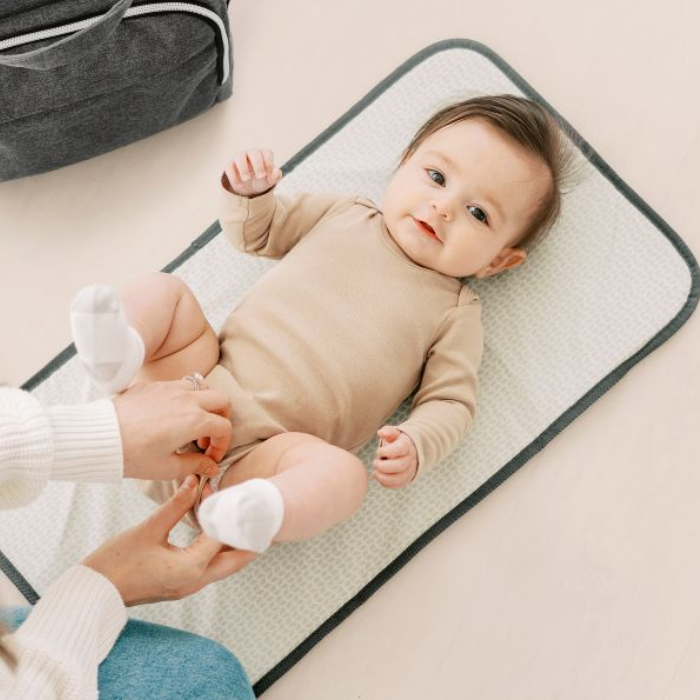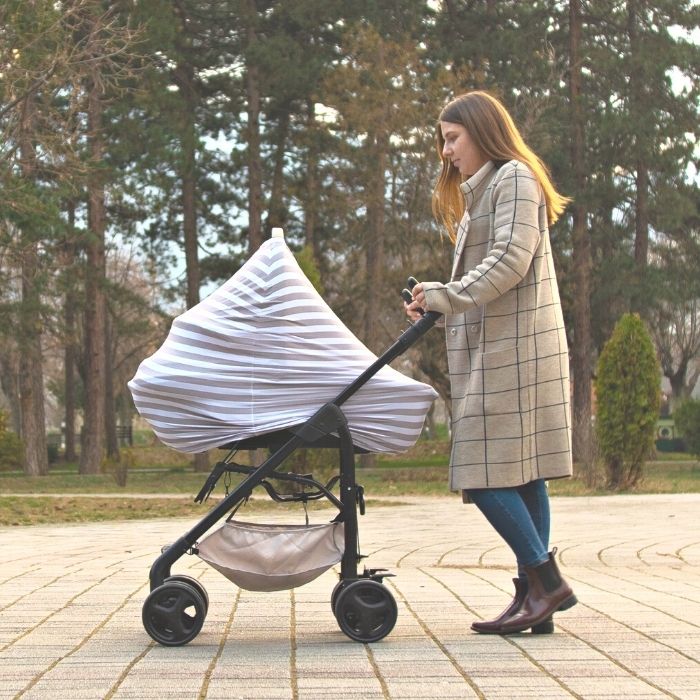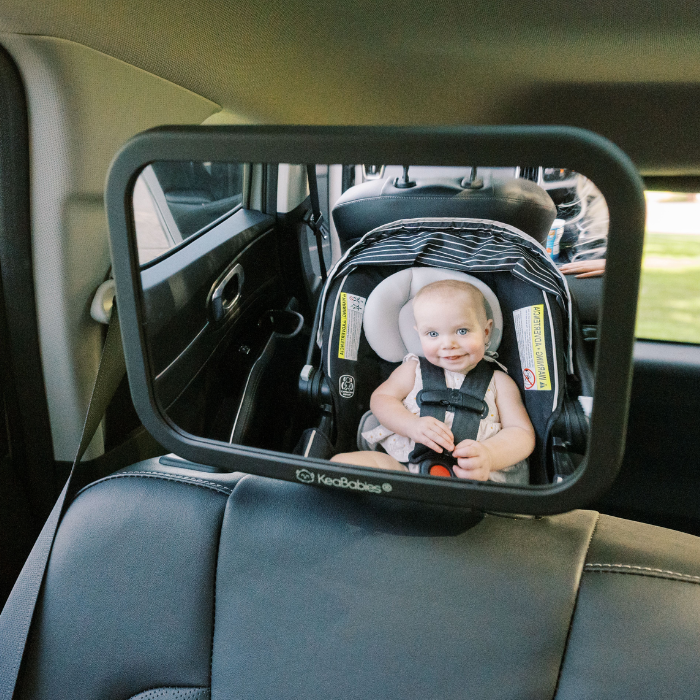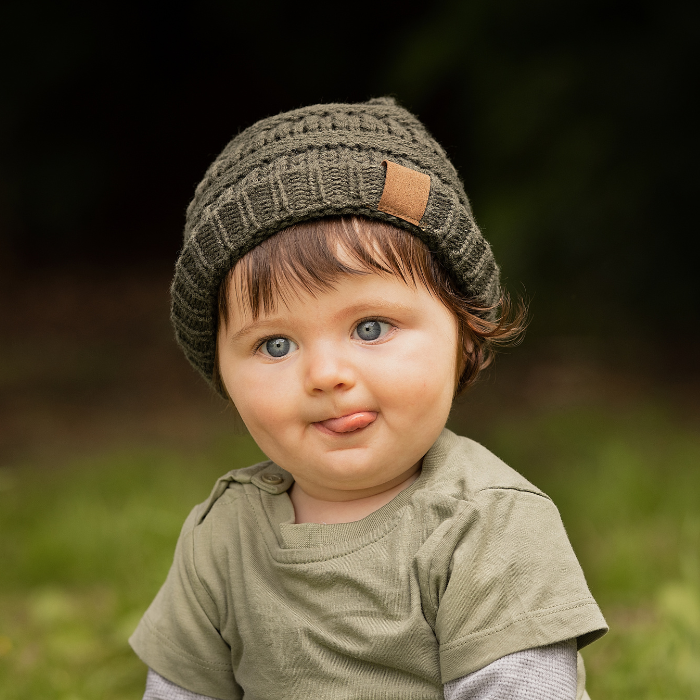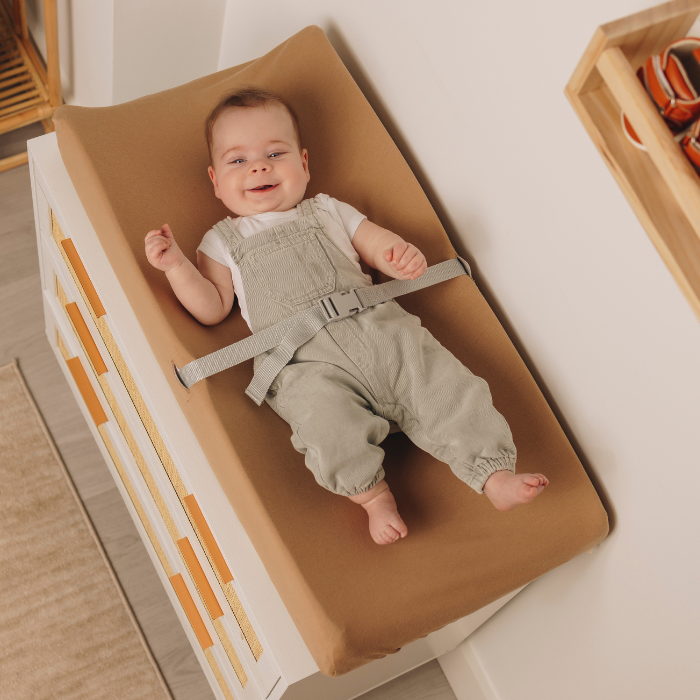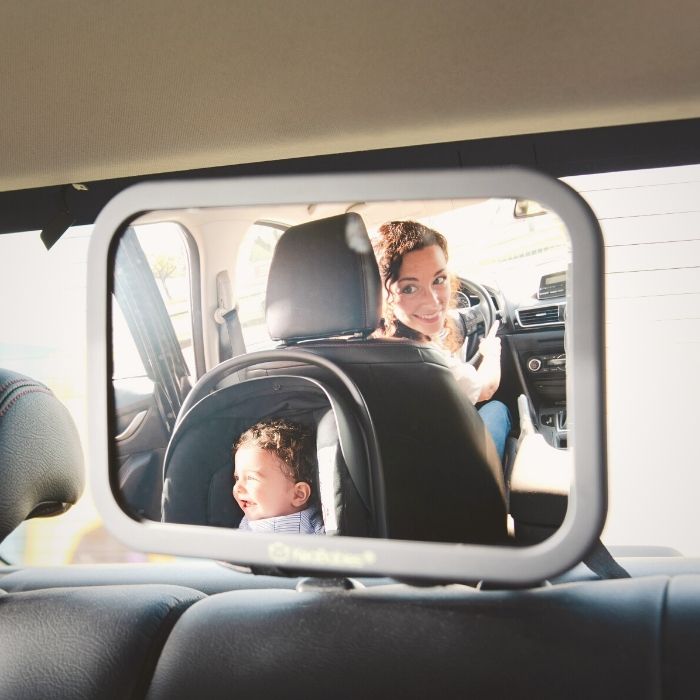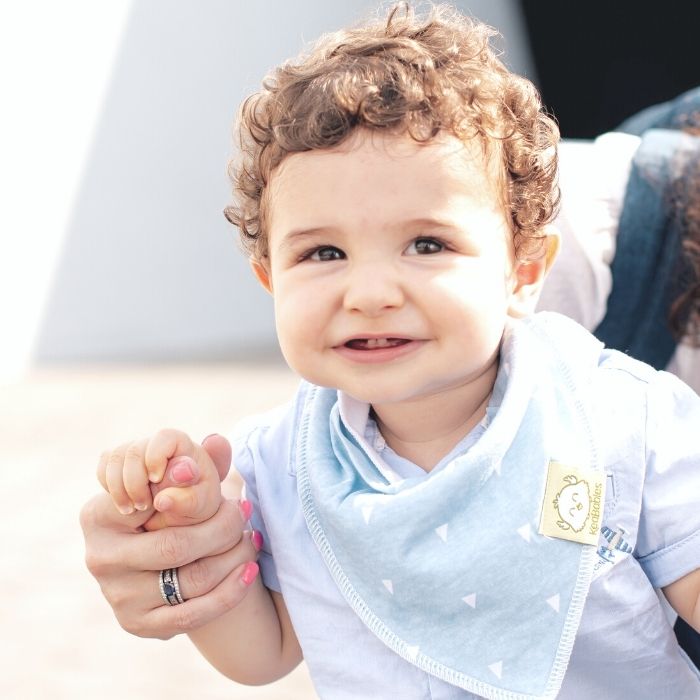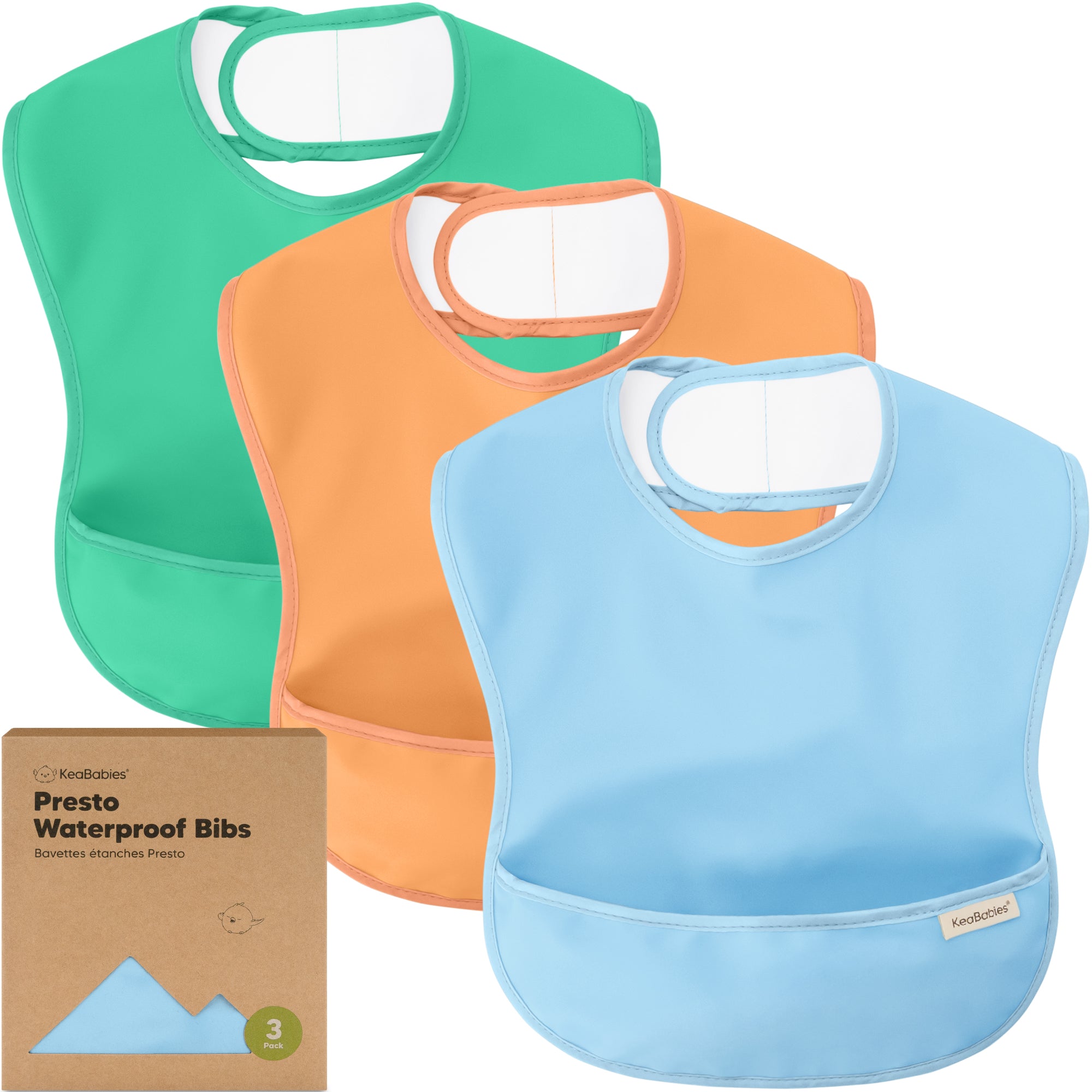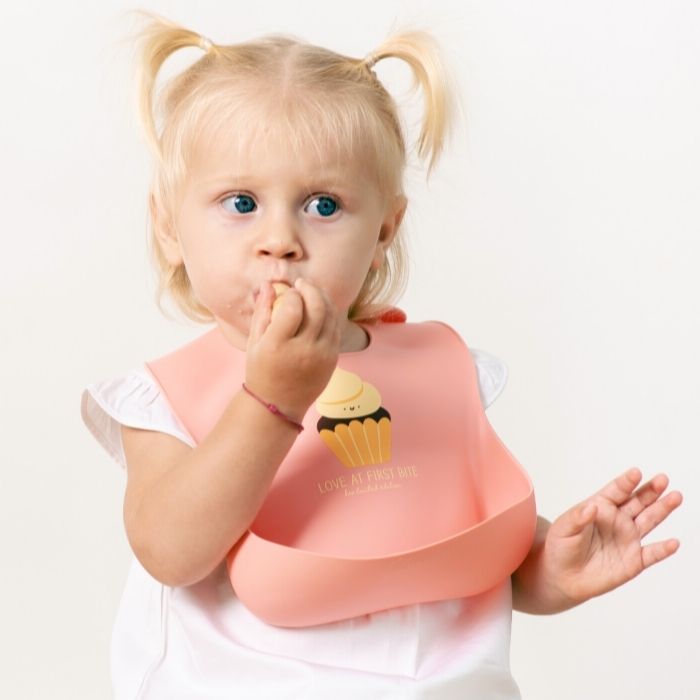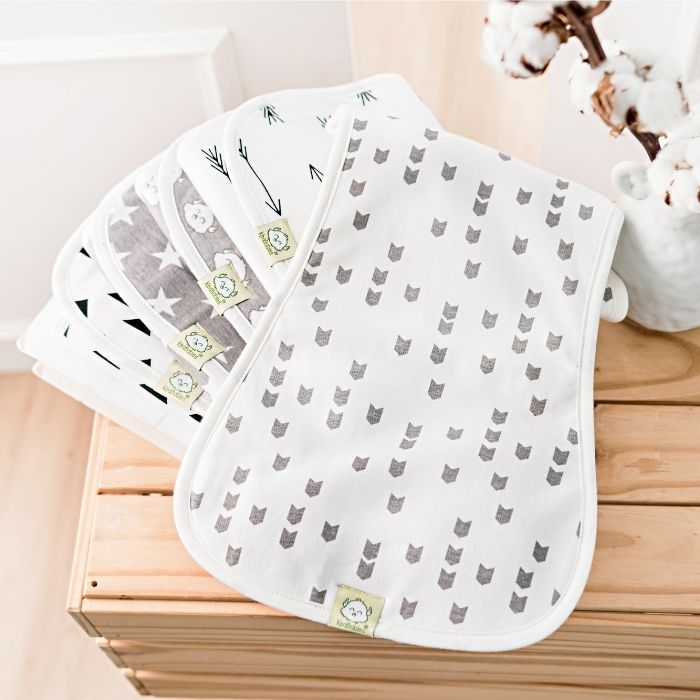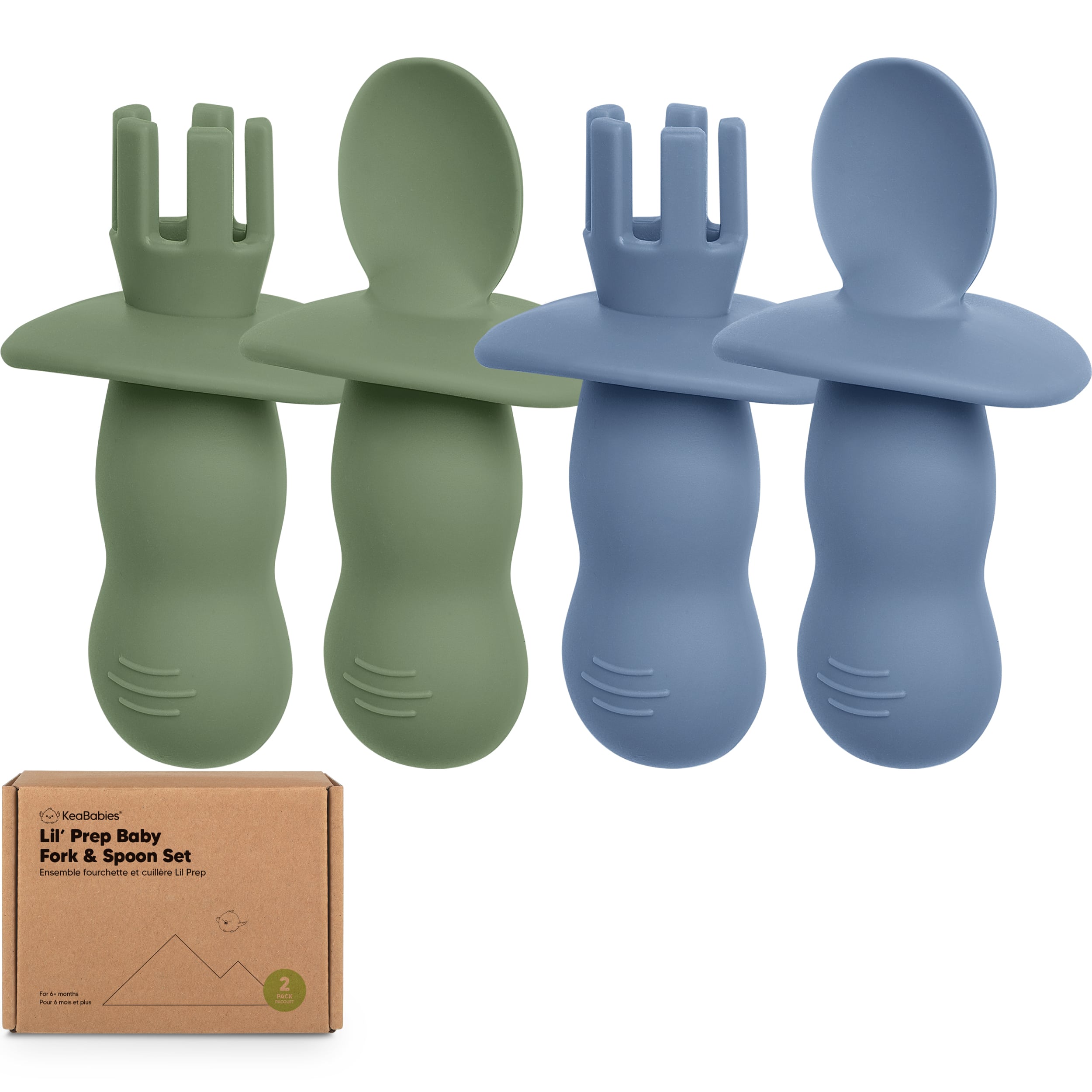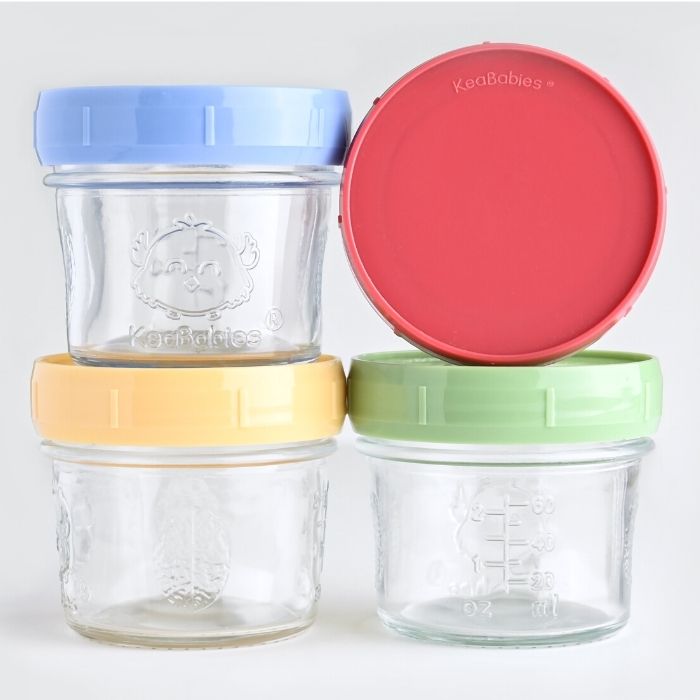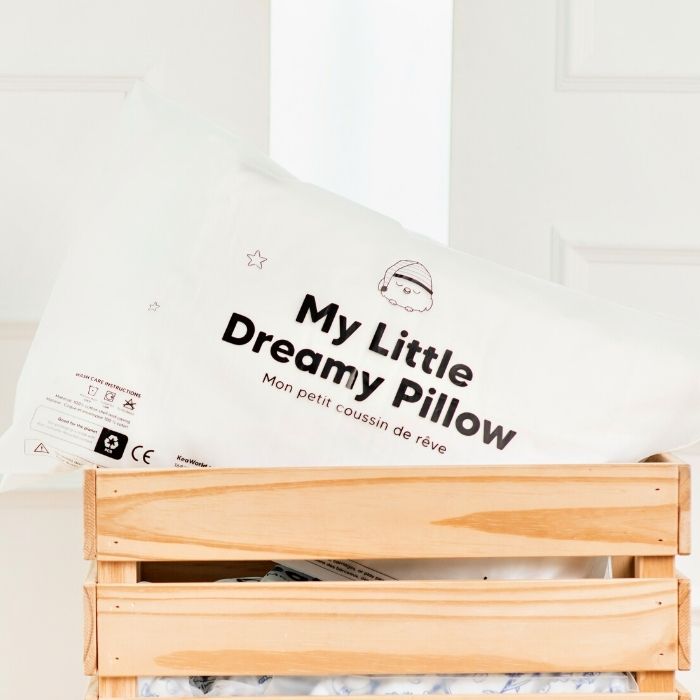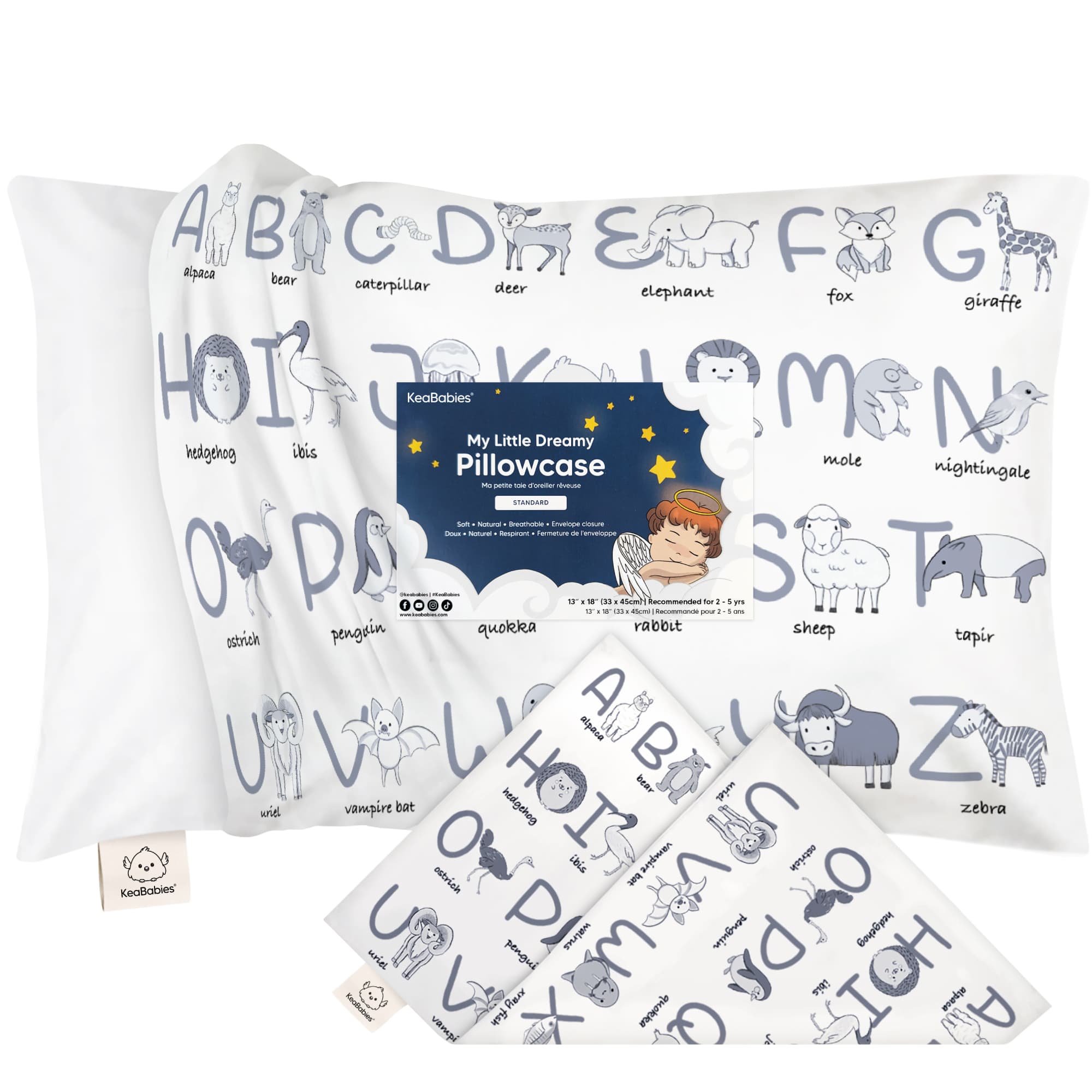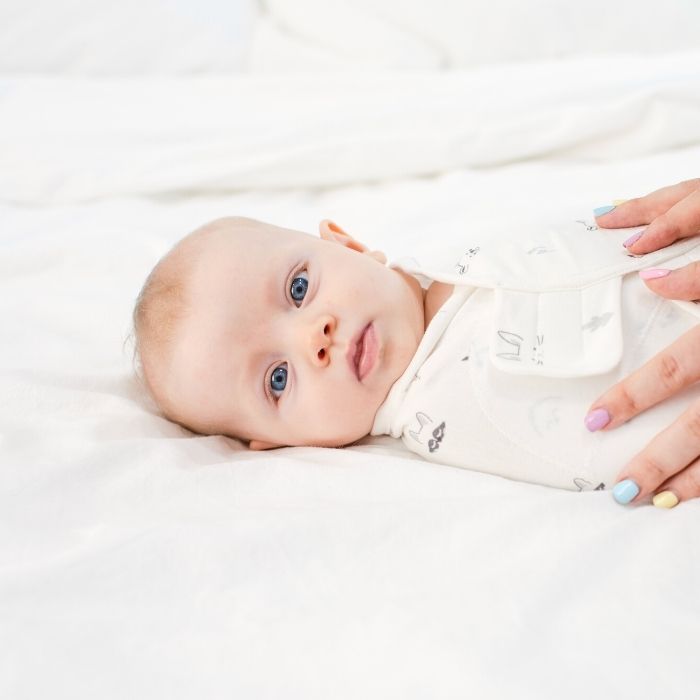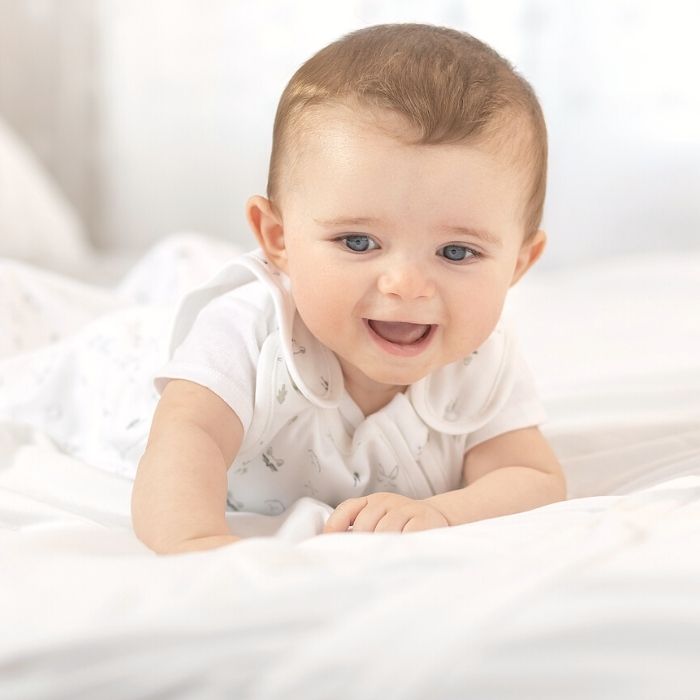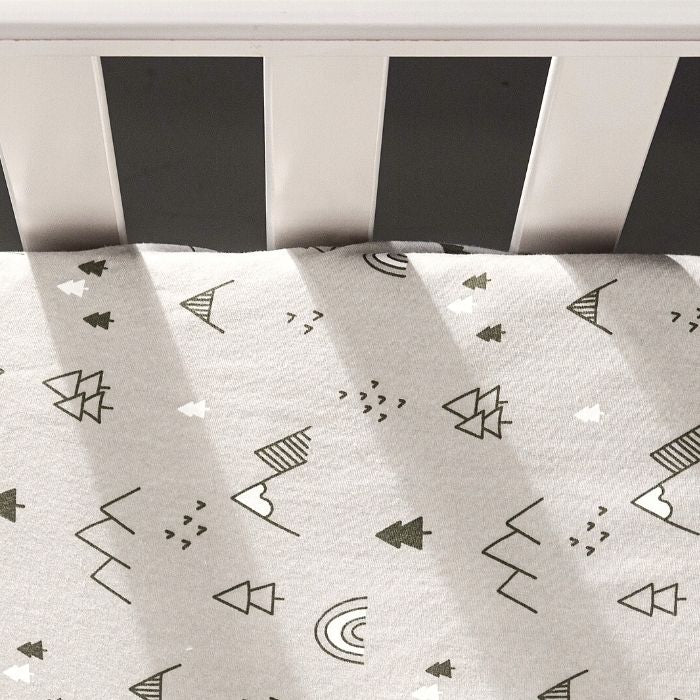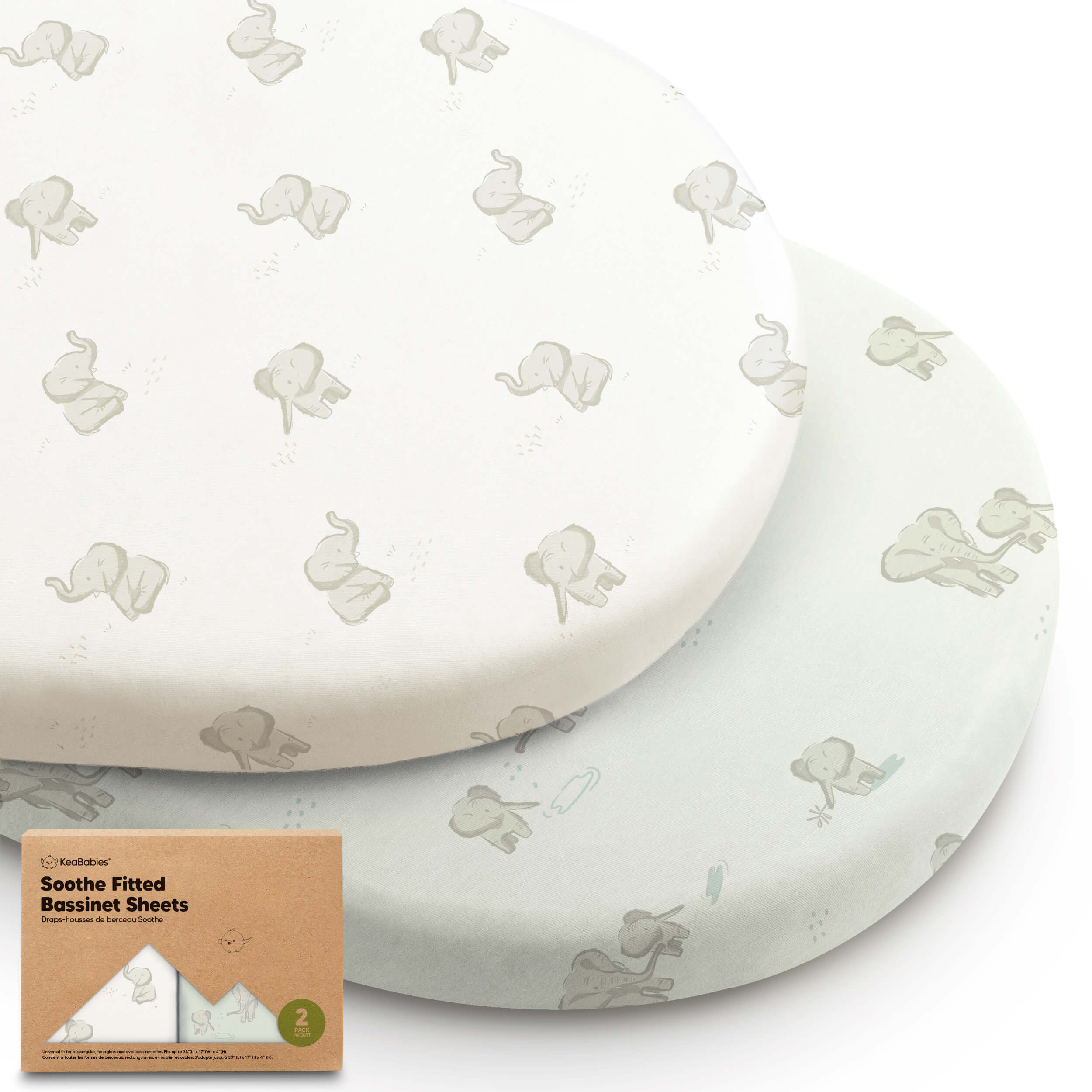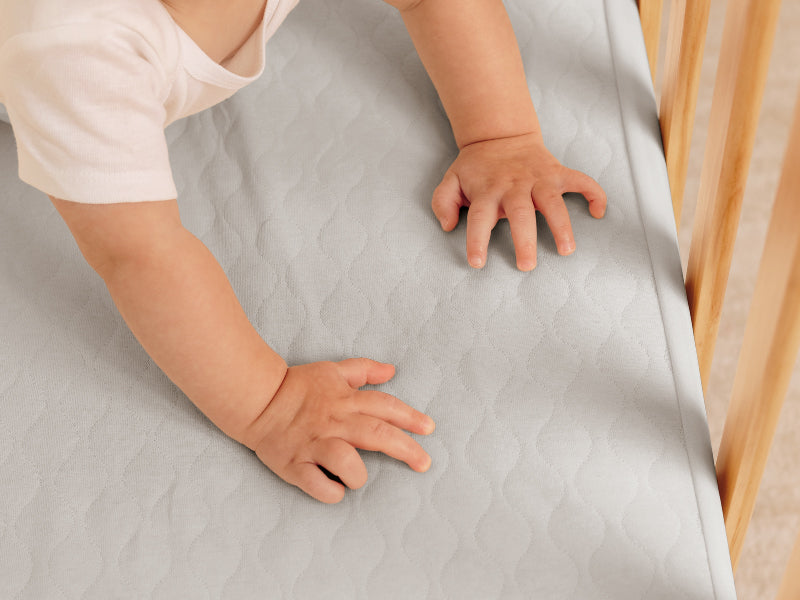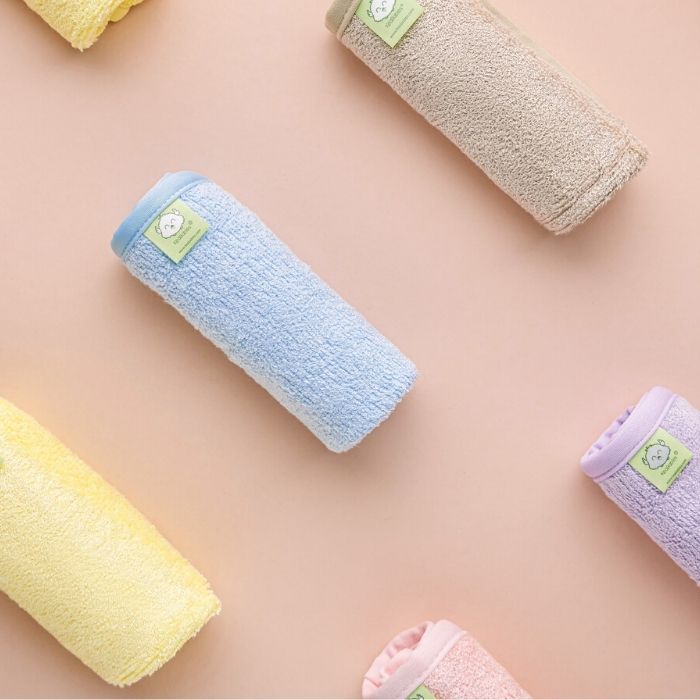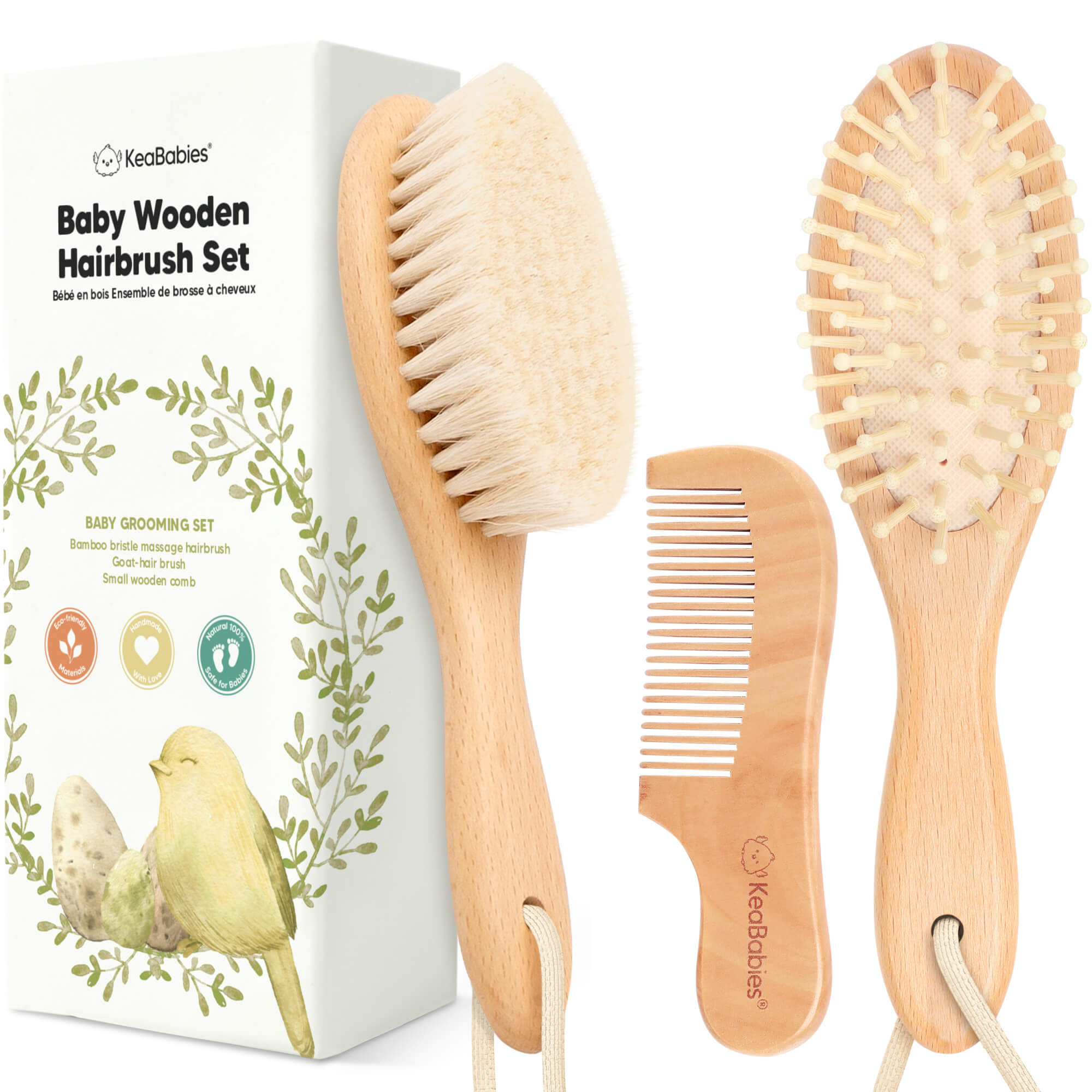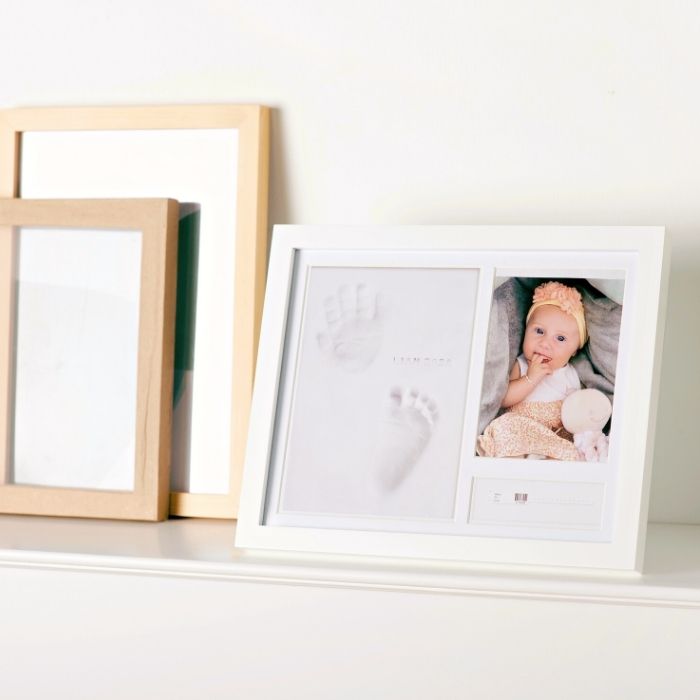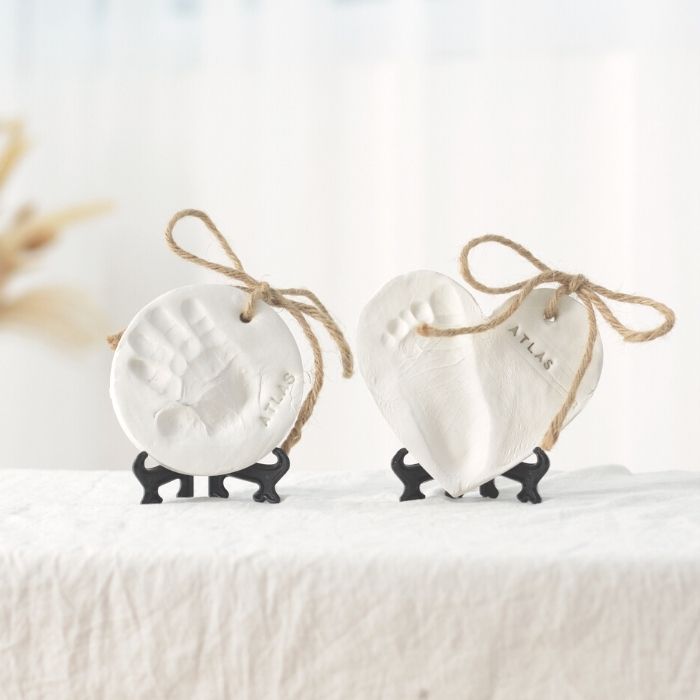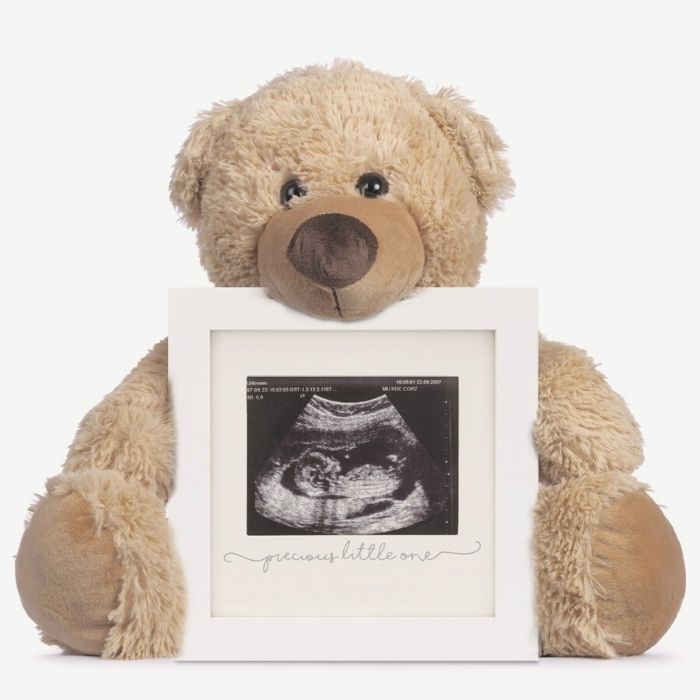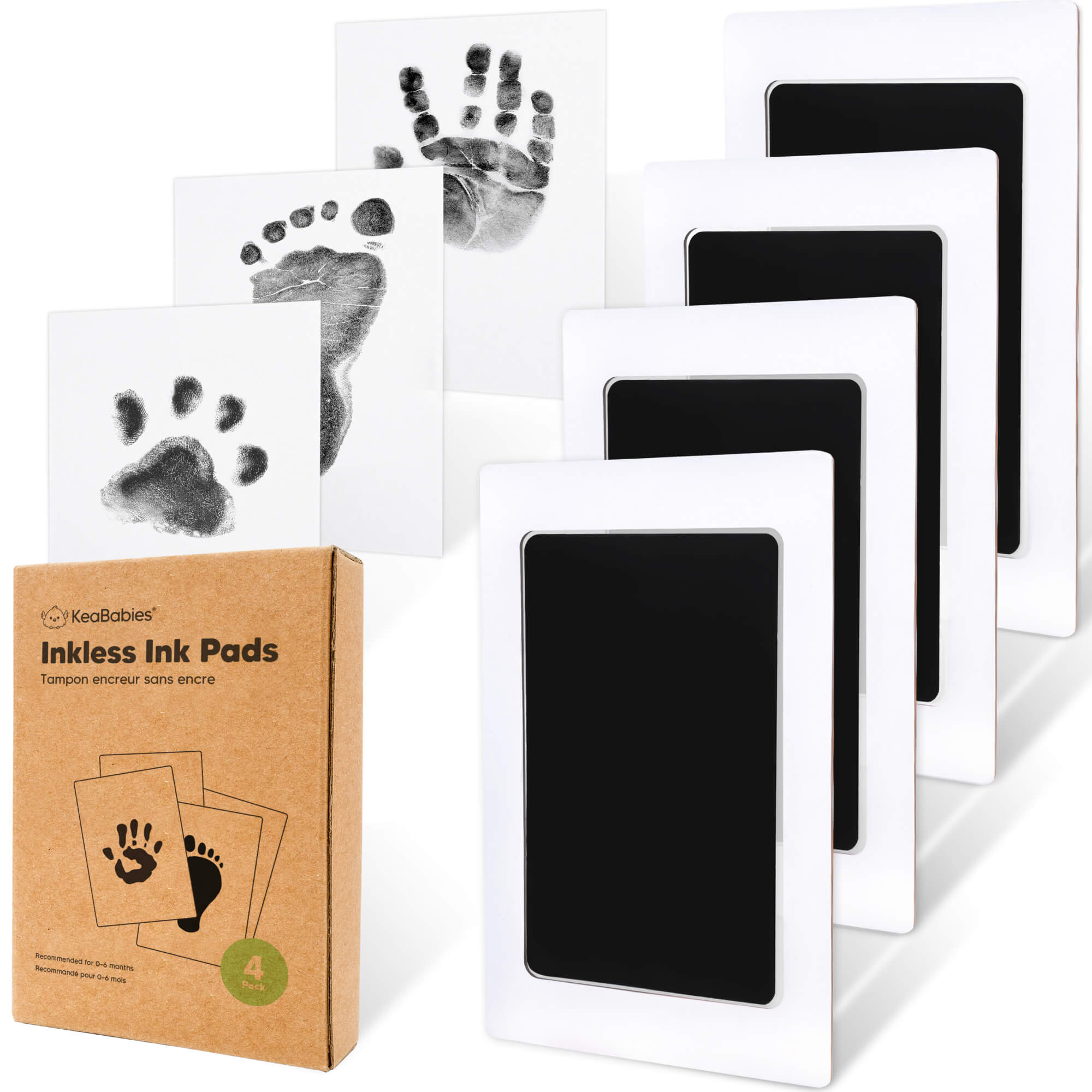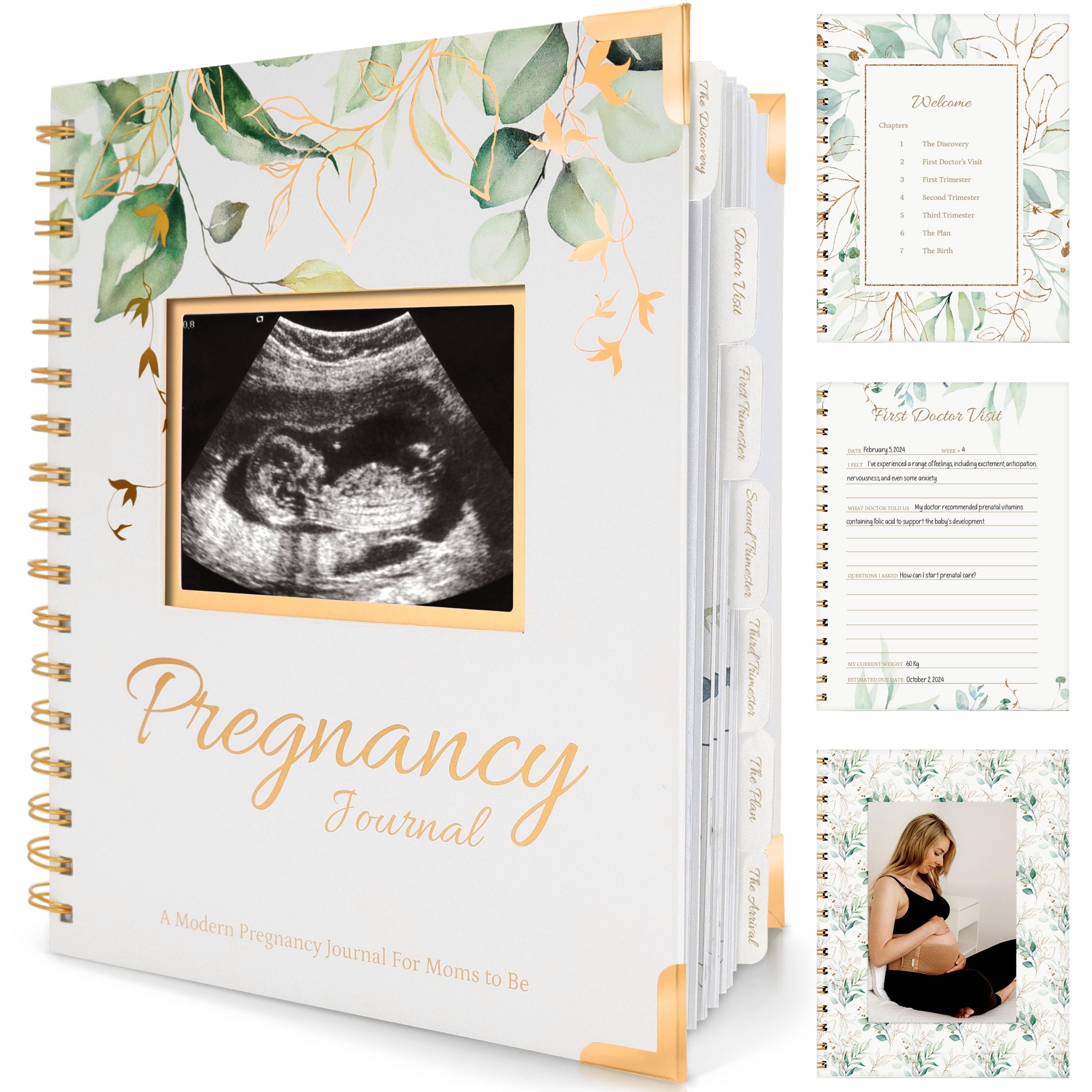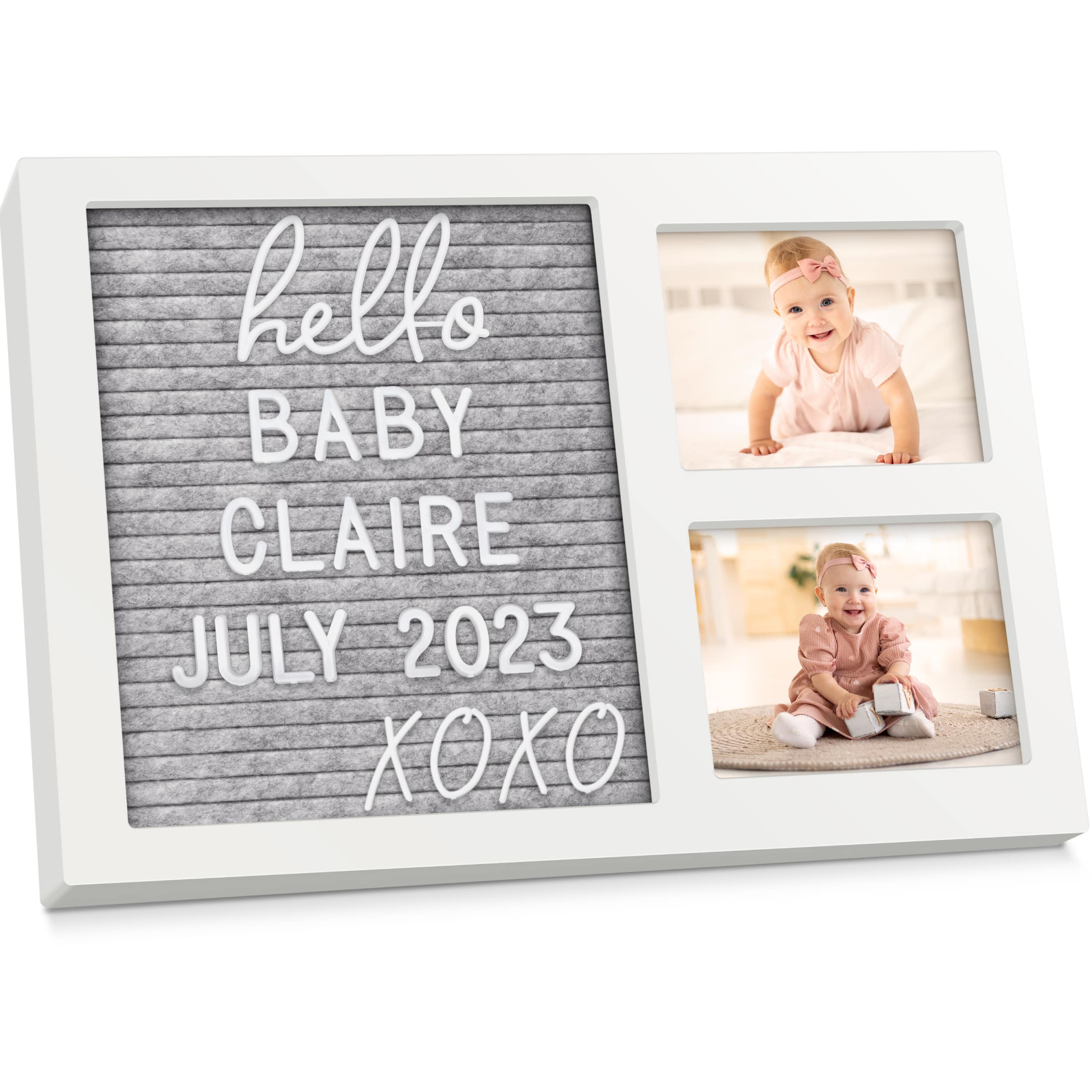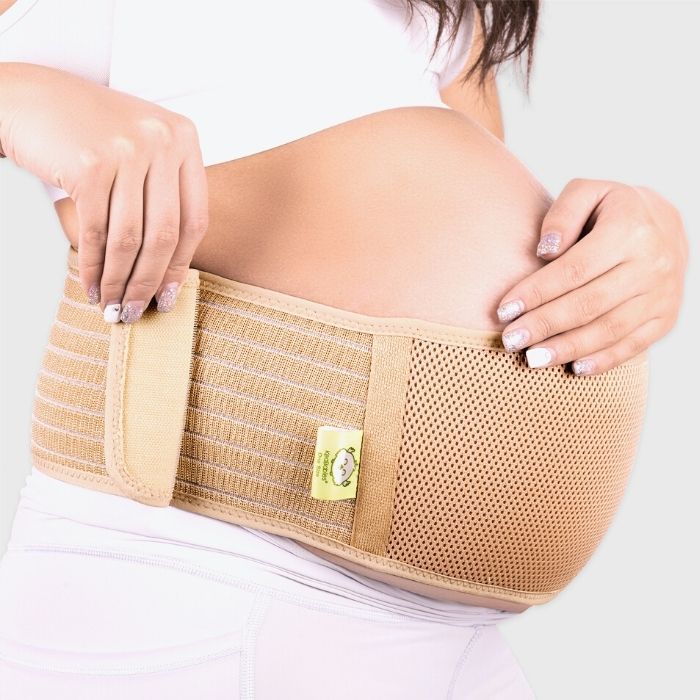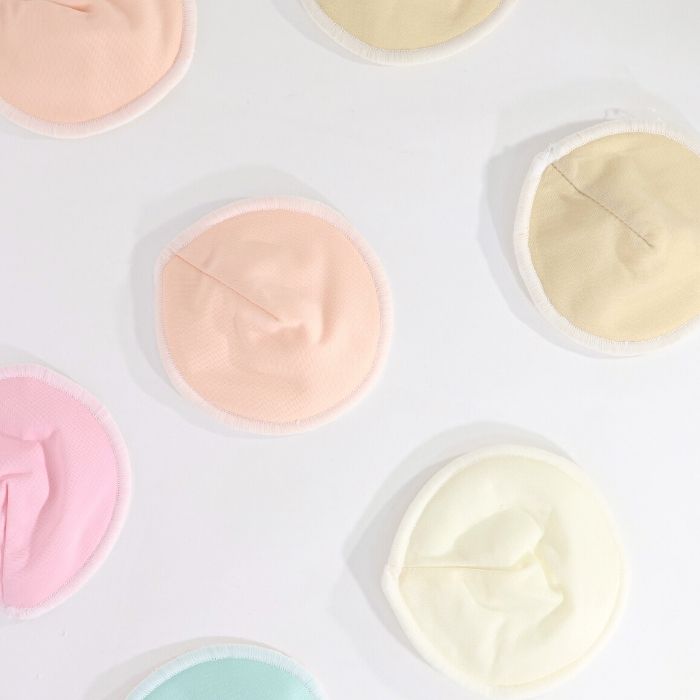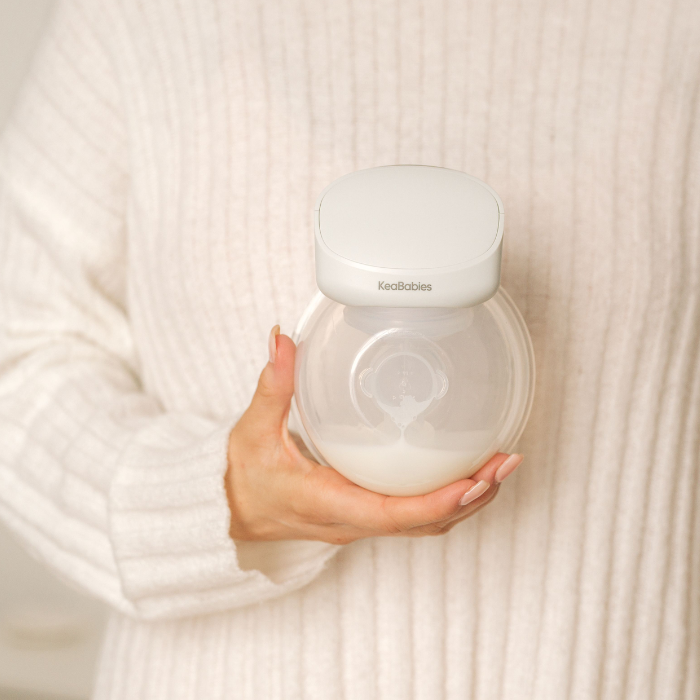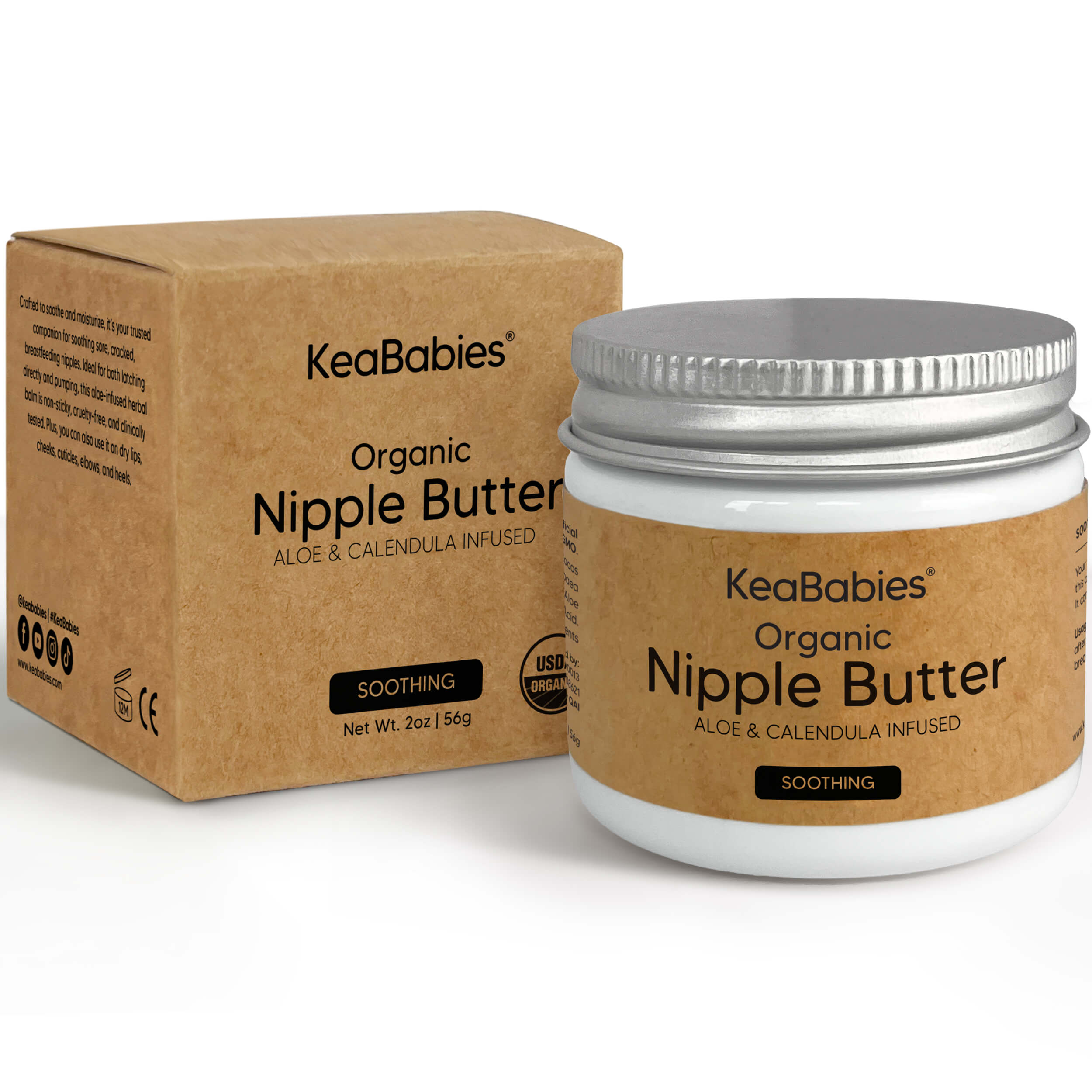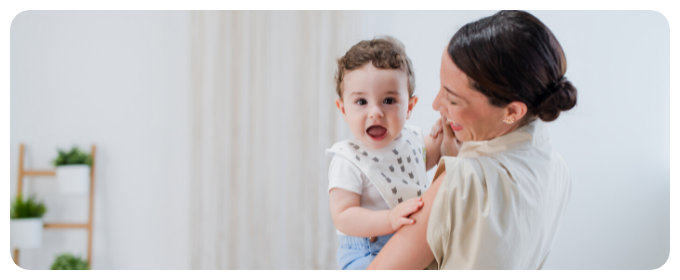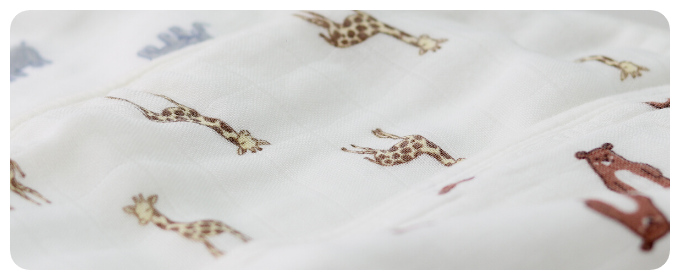
4 Essential Baby Safety Tips Parents Should Know for Peace of Mind
September is Baby Safety Month, so here are some of the most important tips all parents should know when it comes to keeping their little ones safe.
Summary
Baby Safety Month in September is the perfect time for parents to review and improve their baby’s safety at home and while traveling. Key areas include sleep safety, car seat safety, feeding safety, and household safety. Babies should sleep on their backs in a crib with only a fitted sheet, away from loose blankets, pillows, toys, or crib bumpers. Car seats should be rear-facing until at least age 2, installed correctly, and used with properly positioned straps. During feeding, babies should be supervised, seated upright, and given age-appropriate foods to prevent choking. At home, parents should secure furniture, cover outlets, use baby gates, and ensure toys are safe and age-appropriate. Using safety equipment, monitoring potential hazards, and responding to a baby’s needs help create a secure environment for healthy growth and development.
September is Baby Safety Month, and we know all parents want to keep their baby safe and secure throughout their lives. Keeping your children safe from harm doesn't have to be complicated, but there are a few safety tips that all parents absolutely need to know. It only takes a few seconds for a situation to turn dangerous for a baby, and most injuries are completely preventable.
When it comes to raising a baby, the most important things to consider are sleep safety, car seat safety, feeding safety, and household safety. By following the guidelines set up by childhood experts, families can create a safe and enriching environment for their little ones.
Introduction to Baby Safety
It's Baby Safety Month, so there's no better time to discuss the things new parents should be aware of when it comes to infant safety. Baby safety is a top priority for new parents, and being aware of potential hazards is crucial in preventing accidents and injuries.
It is important to consider different facets of safety, including the child's sleep environment and keeping them safe in the car. Sudden Infant Death Syndrome (SIDS) is a leading cause of infant death, and creating a safe sleep environment can reduce the risk. Never leaving your baby unattended, especially during bath time or on furniture like a changing table, is essential for their safety as well.
Baby Safety Month is an excellent time for all parents to review and improve their baby’s safety at home. When you bring your new baby home from the hospital, you might not even notice the many safety hazards in your environment. Protect your baby by following these simple safety tips.
1. Sleep Safety Tips: Securing the Baby’s Sleep Environment
One of the best ways you can protect your baby is by giving them their own sleep space that is safe and secure. Anchoring heavy furniture and securing electrical outlets can prevent accidents and injuries, such as tipping or electrocution.
Installing safety locks on all cabinets and drawers can keep cleaning products and other hazardous materials out of the room. Be sure the baby's crib is away from blinds or hanging objects.
All your baby needs in their crib is a fitted sheet. Keep the bed free from loose blankets, pillows, stuffed animals, toys, and crib bumpers. Although all these items may look cute and cozy, it is more important to keep your baby safe from suffocation. If you are worried about your baby being cold at night, invest in good quality sleep sacks like the KeaBabies Sleep Sacks Collection. Always put your baby to sleep on their back.
Keeping the bathroom door closed and ensuring the water temperature is not too hot during bath time can prevent scalds and burns. Be sure there is a working smoke detector in each bedroom.
Creating a safe and stable environment can give parents peace of mind and reduce the risk of accidents.
Safety Equipment and Tools For In-Home Safety
Using a baby monitor can help parents keep an eye on their baby, even when they’re not in the same room. Some experts recommend room sharing (not bed sharing) for your baby's early months of life, so you can keep a better watch on your little one at night. If your child sleeps in their own room, that is also perfectly fine, but use a baby monitor so you can check on your baby periodically. Whether you keep your baby in the bedroom with you or set up their own nursery, do what works for your family, as long as the sleep space is set up in a safe way.
Installing carbon monoxide detectors and smoke detectors and ensuring the home is well-ventilated can prevent poisoning and fires. Having a first aid kit handy and knowing what to do in case of an emergency can be lifesaving. Many parents even benefit from taking infant CPR and safety classes to learn more about what to do in dangerous situations.
2. Car Seat Safety Tips: Safe Travel for your Infant
Protecting your baby while at home is one thing, but protecting your baby when out and about is a whole other adventure! From the time you leave the hospital, your baby will probably spend a lot of time in a car seat, so it's vital for parents to know how to keep their kids safe in vehicles.
Your child should use a car seat or booster seat until the vehicle's seat belt fits properly. They should ideally be rear facing until they outgrow the limits of their car seat, but at minimum, until age 2. They can then move to a forward facing car seat and then booster seat until they have reached the limits.
Keep your child rear facing for as long as possible, and ensure that installation is done correctly. Always make sure the belt straps are not loose or twisted. Forward facing car seats can be used until the child outgrows the limits. Booster seats come after a forward facing seat, and should be used until the child can use the vehicle's lap and shoulder belts properly.
The best ways to reduce your baby's chance of car-related injuries? Always keep them safe in a vehicle. Make sure their seat is properly installed and the buckles are in the right position every time you get in the car. Don't rush to move your child to a more advanced seat; take every precaution to keep them in their current seat until they outgrow the limits. Do not dress your baby in bulky clothing or jackets in their car seat. Consult a Child Passenger Safety technician (CPST) for guidance on proper installation. It's always a good idea to consult an expert for help!
3. Feeding Safety Tips: Protect Your Child While They Eat
Supervising babies and toddlers while they eat can be the difference between life and death in a choking or allergy emergency. Always pay attention to your little one, especially when they first start solids, to make sure they can eat safely. Infants should always eat in a high chair or seated position, not reclined in any way.
Make sure your whole family is on board! Whether you do baby-led weaning or purees, make sure everyone is clear on what your baby can and cannot eat, and how food should be served. Dangerous situations can happen fast, and it's important for family members to know proper feeding guidelines.
Keep dangerous foods like hot drinks, chewy or hard candies, and choking hazards like raw nuts and seeds away from your little one until they are older. Keep an eye on your baby's face and your baby's skin to look for any signs of an allergic reaction. If you choose to do baby-led weaning, follow expert advice on how to prepare and serve foods in a way that minimizes choking hazards.
4. Household Safety Tips: Creating a Safe Place to Explore
Creating a baby-safe home that is comfortable and welcoming can give parents peace of mind and reduce the risk of accidents. Many parents overlook simple things in the home that present different risks for their little ones.
Ensuring the home is well-ventilated, and the temperature is comfortable, can prevent overheating and other hazards. Using a baby gate to block off areas of the home that may be hazardous, such as the kitchen or bathroom, can prevent accidents. Always use a gate when there are stairways or places that present fall risks.
Make sure there is no heavy furniture that the child can pull over. Anchor heavy furniture to the wall so they can't tug on it. Do not leave your baby unattended on a changing table, even if you just need to turn your back for a minute to grab something. It only takes a few seconds for an infant to roll off of a changing table and fall to the floor. Keep everything you need for changing within arm's reach so you don't need to turn your back on your baby.
Creating a safe and stable environment can help the baby develop and grow.
Age-Appropriate Toys and Objects
Choosing age-appropriate toys and objects can prevent choking hazards and other accidents. Pay attention to age guidelines on toys that you bring into your home. Small objects present a major choking hazard to babies.
Avoiding toys with small loose parts and ensuring they are made from non-toxic materials can reduce the risk of injury. If your baby has older siblings, make sure you talk to them about keeping their toys away from the baby. Supervising playtime and ensuring the baby is not left alone with toys can prevent accidents.
Rotating toys regularly can help prevent boredom and reduce the risk of overexposure to potentially hazardous materials.
Preventing Accidents and Injuries
Although it might seem overwhelming, there are a few simple ways to keep your child safe.
Never leaving your baby unattended, especially near water or hot food, can prevent accidents and injuries. Make the baby’s sleep space safe and free from hazards, such as pillows and blankets, can reduce the risk of SIDS.
Keeping your home clean and tidy, and ensuring electrical outlets are covered, can prevent injuries. Being aware of potential choking hazards, such as small objects and food, can help prevent accidents.
Outdoor Safety
Ensuring your baby is protected from the sun, wind, and other outdoor hazards is important. Using a stroller or baby carrier that is safe and secure can reduce the risk of injury to your child.
Avoiding outdoor activities during peak sun hours or in extreme weather conditions can prevent overheating and other temperature-related hazards. Being aware of potential dangers when you're out with your child, such as traffic and other pedestrians, can help prevent accidents.
"Natural" Way of Parenting
Parenting in a natural way, such as breastfeeding, using cloth diapers, and making your own baby food, can be beneficial for the baby’s health and development. Regardless of whether you do these things or not, creating a nurturing and loving environment can best help your baby develop and grow. Do what works for your family, and prioritize your children's wellbeing and development.
Being aware of the baby’s needs and responding to them in a timely and appropriate manner can help prevent accidents and injuries. Using natural, non-toxic products in the house can reduce the risk of exposure to hazardous materials.
Keeping your child safe is of utmost importance.
Baby safety is a critical aspect of parenting, and being aware of potential hazards is crucial in preventing accidents and injuries. In honor of Baby Safety Month, create a safe and stable environment for your little ones, using safety equipment and being aware of potential hazards in your life. Being an active, responsive, educated parent helps you respond to your baby's needs in a timely and appropriate manner, helping reduce your child's risk of accidents. By following these four essential baby safety tips, parents can give their baby the best possible start in life!
|
|
Meet Our KeaMommy Contributor: Kaitlyn Torrez I’m Kaitlyn Torrez, from the San Francisco Bay Area. I live with my husband and two children, Roman and Logan. I’m a former preschool teacher, currently enjoying being a stay at home mom. I love all things writing, coffee, and chocolate. In my free time, I enjoy reading, blogging, and working out. |

